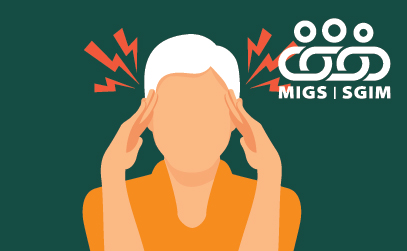Presenter: Dr. Lori Montgomery MD CCFP FCFP Dr. Lydia Hatcher MD CCFP FCFP Dr. Todd Hill PhD R.Psych Lisa Diamond Burchuk OT Tory Crawford PT
In this four-part series, Dr. Todd Hill, Dr. Lydia Hatcher, Dr. Lori Montgomery, and Lisa Diamond-Burchuk discuss non-pharmacological treatments for chronic non-cancer pain. The series is also available as a video. In part four, created in collaboration with Tory Crawford, Lisa Diamond-Burchuk reviews how to motivate movement in patients with chronic pain. Learning objectives are: Develop basic concepts related to pain…
Part-4-Motivating-Movement.pdf MIGS_2021_Chronic-Pain-Infographics_Motivating-movement_ENG_Final.pdf
In the Clinic Episode #21: Low Back Pain
In the Clinic Episode #20: Bronchiolitis
In the Clinic Episode #19: Alcohol use disorder

Presenter(s):
Dr. Lori Montgomery MD CCFP FCFP Dr. Lydia Hatcher MD CCFP FCFP Dr. Todd Hill PhD R.Psych Lisa Diamond Burchuk OT Tory Crawford PT




Please provide any additional comments (optional).